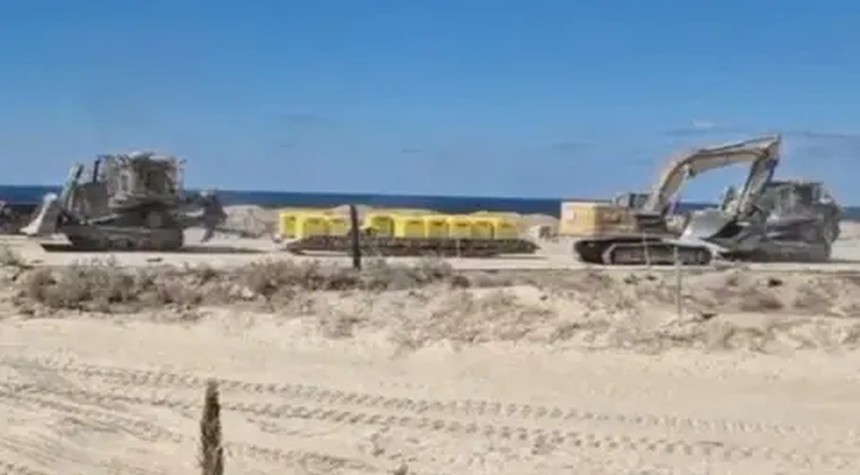The implementation of former President Donald Trump’s Gaza peace plan has entered a crucial phase as Israel establishes a strategic buffer zone encompassing approximately 53% of the Gaza Strip. This development marks the first of three planned stages of Israeli military withdrawal, creating what military analysts are calling a new tactical reality on the ground.
The establishment of this “yellow line” boundary represents a significant shift in territorial control, with Israel maintaining a substantial security presence while beginning a measured withdrawal process. This strategic positioning allows Prime Minister Benjamin Netanyahu’s government to maintain essential security protocols while potentially advancing peace negotiations.
The complexity of the situation becomes apparent when examining the divergent expectations between Washington and Jerusalem. Trump’s peace framework demands specific benchmarks, including the systematic transfer of power in Gaza and a comprehensive process for Hamas disarmament – conditions that Netanyahu has consistently emphasized as non-negotiable for lasting peace.
American diplomatic engagement has intensified, with Vice President JD Vance conducting high-priority meetings with Netanyahu to advance peace talks. Trump’s negotiation team, including Steve Witkoff and Jared Kushner, has maintained active involvement, demonstrating the administration’s commitment to the peace process.
Recent security incidents have tested the durability of the ceasefire. When Hamas militants killed two Israeli soldiers within the yellow line parameter, Netanyahu’s government responded with measured force – a calculated decision that demonstrated Israel’s commitment to maintaining the broader peace framework while defending its security interests.
The prime minister’s position requires careful navigation between multiple competing interests. While his coalition partners advocate for a more aggressive stance, Netanyahu must balance these domestic pressures against international diplomatic considerations and the practical requirements of Trump’s peace initiative.
Military experts note that the fortifications along the yellow line serve dual purposes: establishing clear territorial demarcation while providing tactical flexibility for future negotiations. This arrangement allows Netanyahu to maintain security control while keeping diplomatic channels open for further peace discussions.
The success of this peace initiative hinges largely on the resolution of second-stage negotiations, particularly regarding Hamas disarmament and Gaza’s future governance structure. These discussions represent the most challenging aspect of the peace process, requiring careful diplomatic maneuvering and strategic patience.
The establishment of this buffer zone reflects a pragmatic approach to security while maintaining options for future diplomatic progress. As negotiations continue, the effectiveness of Trump’s peace framework will be tested against the complex realities of regional security demands and the aspirations for lasting stability in the Gaza Strip.
Related: Defying Communist Party, Chinese Citizens Fight For Ukraine

